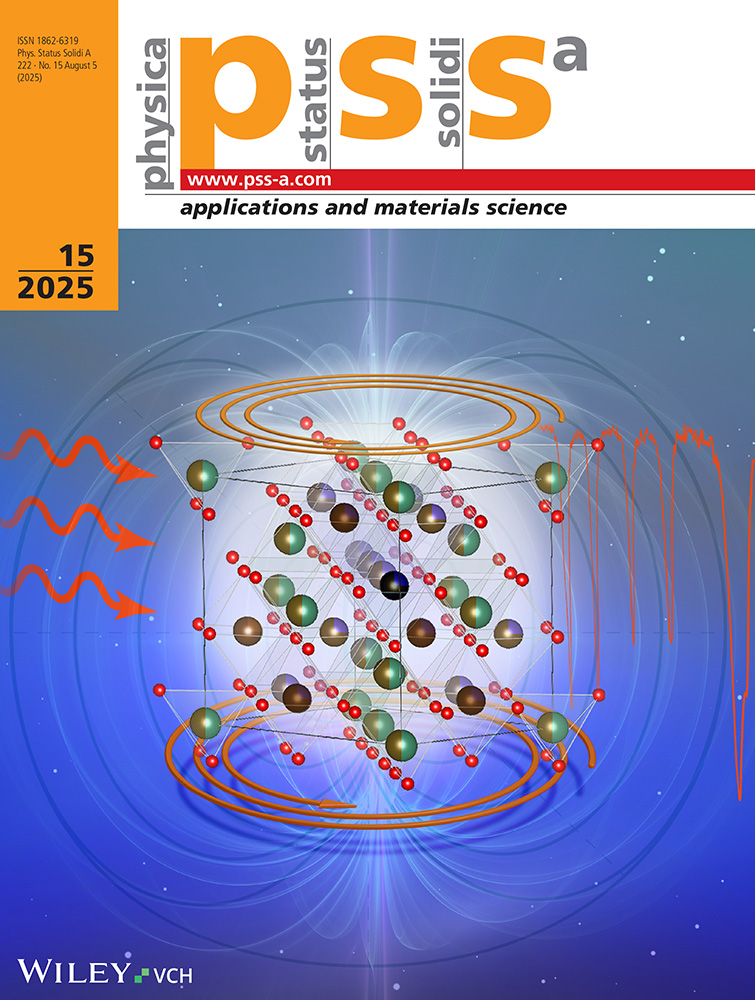Interpretation of one-carrier thermally stimulated currents and isothermal decay currents. I. Basic concepts
Abstract
enBasic equations of one-carrier thermally stimulated currents (TSC) and isothermal decay currents (IDC) are derived and the possibility of interpretation is discussed of curves measured under the one-carrier regime. Both the methods are equivalent and it is shown that IDC may provide a way of checking the results obtained from TSC measurements. The effects of non-uniform spatial and energetic distributions of trapped carriers as well as the effect of retrapping are discussed, and the errors made in determination of trap depths and frequency factors are estimated.
Abstract
deGrundbeziehungen für unipolare, thermisch stimulierte elektrische Ströme (TSC) und isothermische Rückströme (IDC) werden abgeleitet und mögliche Interpretationen der unter solchen Bedingungen gemessenen Stromkurven diskutiert. Es wird gezeigt, daß die beiden Methoden einander gleichwertig sind, und daß die IDC-Methode eine zuverlässige Kontrolle der mit der TSC-Methode gewonnenen Meßwerte ermöglicht. Der Einfluß von räumlichen und energetischen Inhomogenitäten in der Haftstellenverteilung sowie der Retrapping-Prozesse auf die durch TSC und IDC ermittelten Werte des Frequenzfaktors und der energetischen Lage der Haftstellen wird abgeschätzt.




